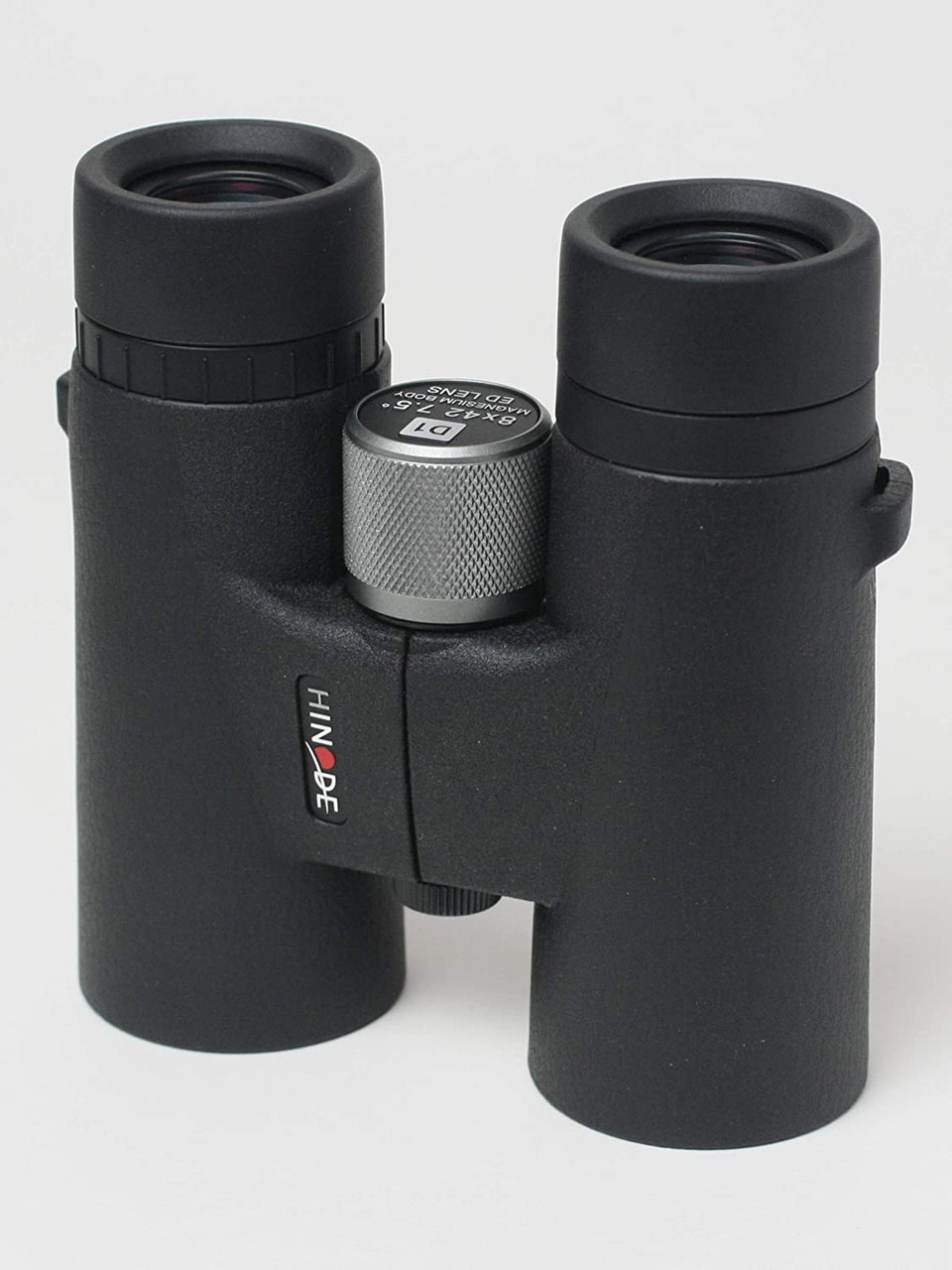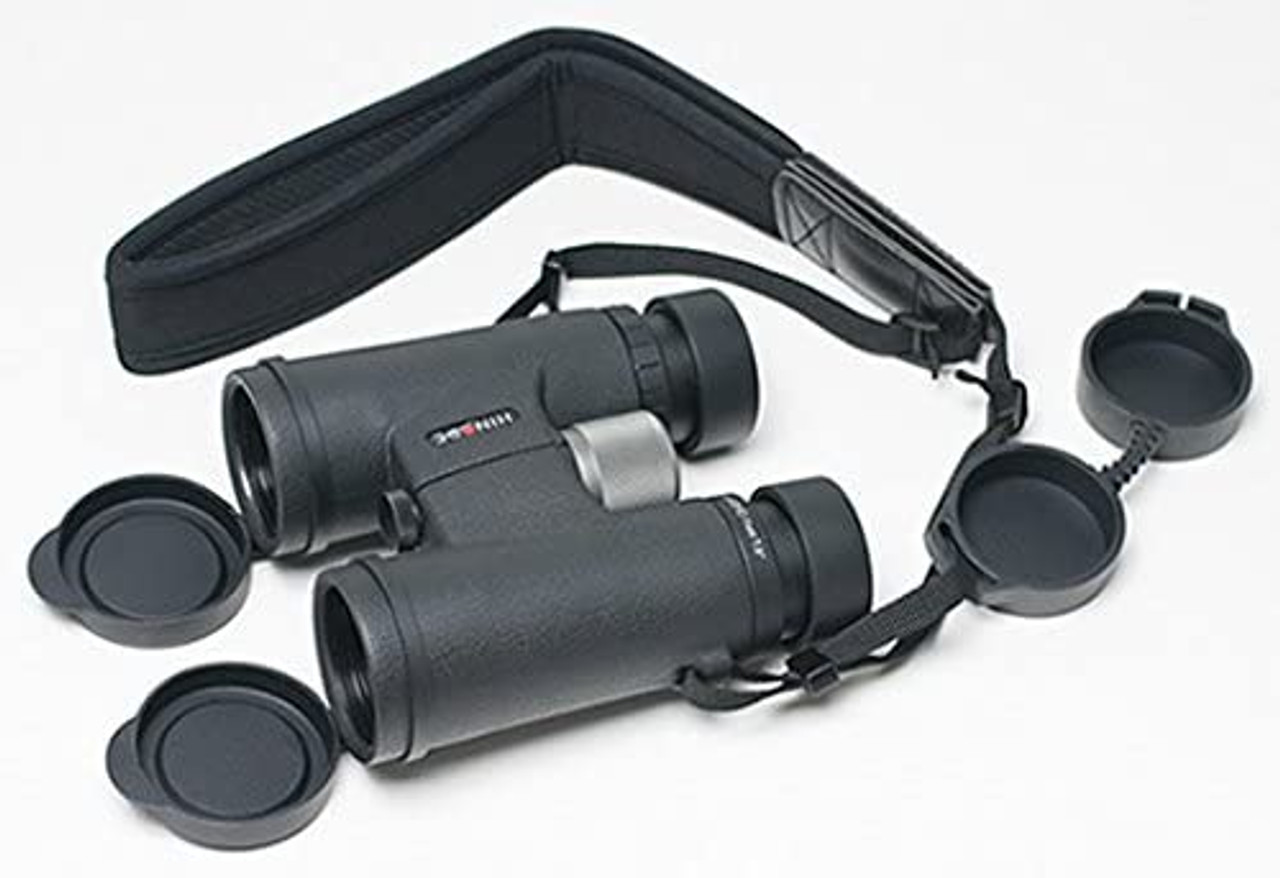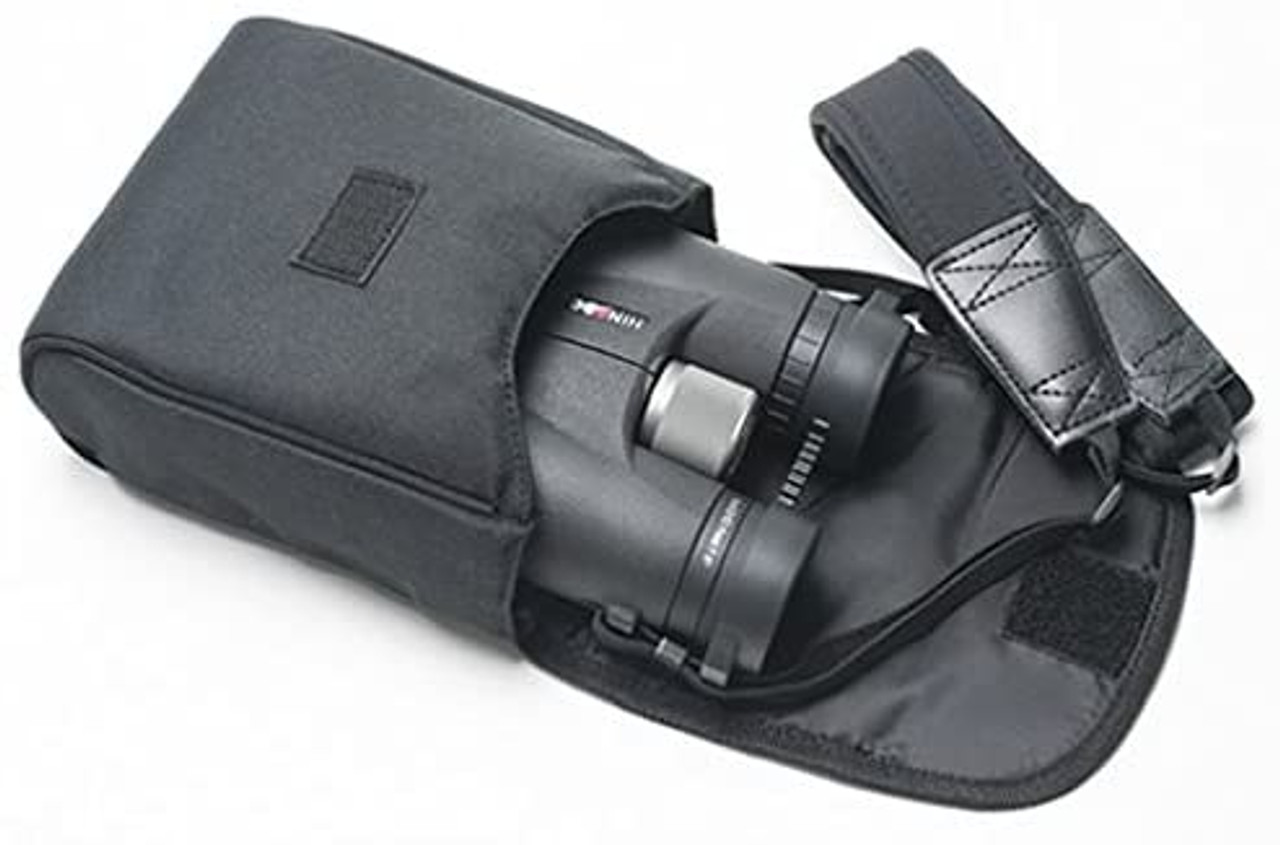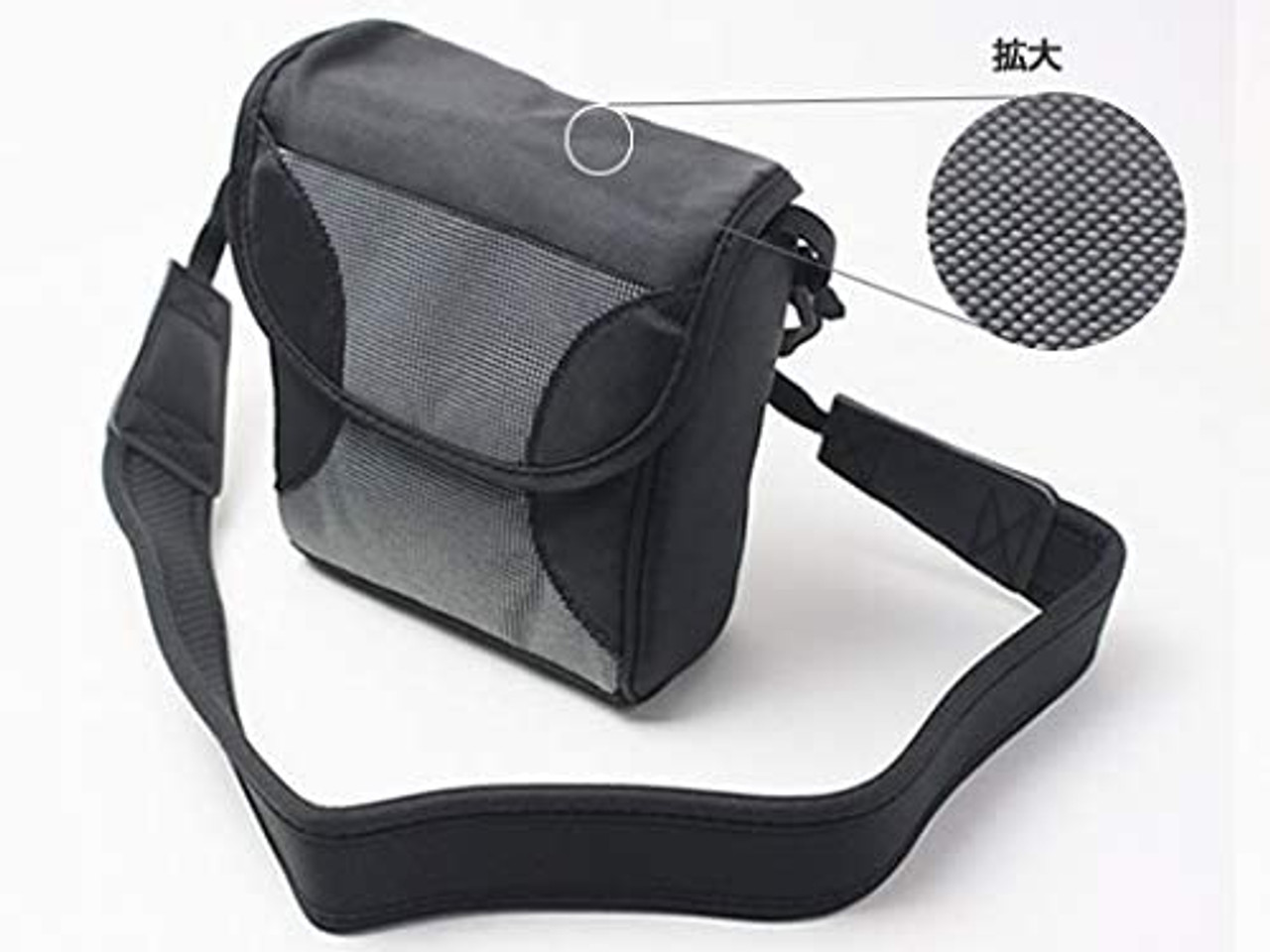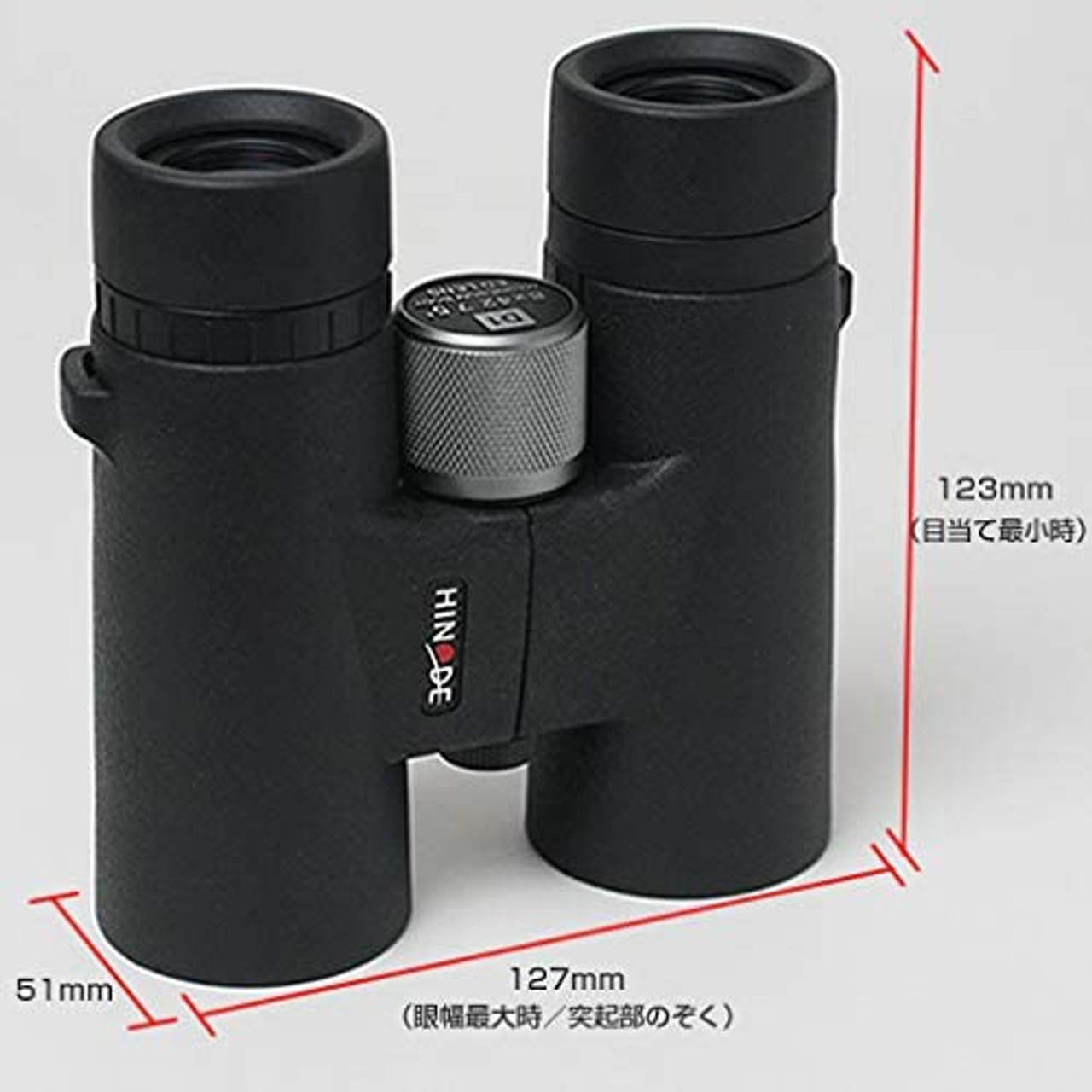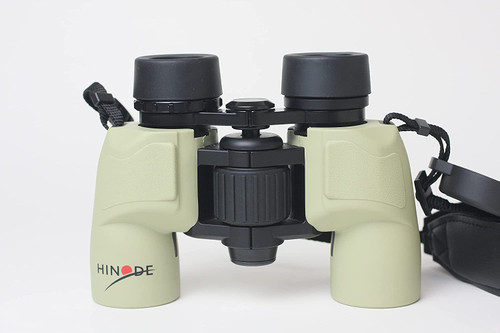Product Description
Hinode Binoculars 8x42-D1
-Brand Hinode
-Color black
-Material Metal, Magnesium, Aluminum
-Water resistant level waterproof
-Eye distance 18 mm
About this product
Effective diameter of objective lens: 42mm (ED lens) Magnification: 8x Actual field of view: 7.5 degrees Minimum focusing distance: 2.0m Eye width adjustment range: 57-75mm
Eye relief: 18 mm Brightness: 28 Coating: Fully multi-coated prism: Dach prism, Bak4, phase difference coat, dielectric multilayer film
Weight: 688g Size: 182mm wide x 132mm long x 50mm thick
Waterproof performance: 3 minutes in water at a depth of 3 m (filled with nitrogen) Country of origin: China Color: Black
Accessories: Soft case, objective cap, eyepiece cap, strap
Detailed information
Brand Hinode
Product model number FBHD1
Zoom Magnification (Optical) 8
Zoom magnification (including digital) 8x
Attached functions and features Eye relief: 18 mm Brightness: 28
Accessories Soft case, objective cap, eyepiece cap, strap
Color black
Effective diameter of lens 42 mm
Real field of view (°) 7.5
Batteries included No
Product size 5 x 12.7 x 13.2 cm; 688 g
Wide field of view of 7.5 degrees, even though it is 8 times larger. The D1 uses 5 luxurious eyepieces in 4 groups, achieving a peripheral field of view with little collapse and a central resolution that is typical of Hinode. The body is made of magnesium, the focus knob is made of aluminum, and metal parts are used a lot, and the durability is sufficient. Completely waterproof binoculars filled with nitrogen.
At the moment, when compared with models with similar specifications in the same price range, I can recommend it with confidence.
When planning "Hinode 8x42-D1" as 8x binoculars for star viewing, I was conscious of the following three points.
-There is little color shift
-While having a wide field of view, the peripheral area should be sharp to some extent.
- Not too heavy
Chromatic aberration (color shift) becomes noticeable when the magnification is increased to 8 times or more. It is not uncommon for the star image to shift in color, especially when looking at bright stars with binoculars, but it can be annoying if the degree is large. An ED lens is used for the D1 and chromatic aberration is suppressed to an acceptable range.
Even if you look at Venus and Sirius, you don't feel much chromatic aberration. The moon appears to some extent in the periphery, but the faint stars are almost unnoticeable.
When looking at a star, if the field of view is narrow, it lacks power, but if you forcibly widen the field of view, the peripheral image deteriorates and the overall image becomes unclear. D1 keeps the sharpness of the surroundings to some extent while widening the field of view to some extent (7.5 degrees), which is a very good balance for star viewing.
Hinode 8x42-D1 weighs 688g and may feel a bit heavy to women. Compared to the 6x30-B2, which pursues lightness, it gives a profound impression. However, the height is 123mm and the width is 127mm, and the body itself is not big.
The caliber of 20mm or 30mm is not easy, but it is not uncontrollable. In pursuit of lightness as much as possible, lightweight magnesium is used for the body material, making it lightweight for binoculars with a diameter of 42 mm.
